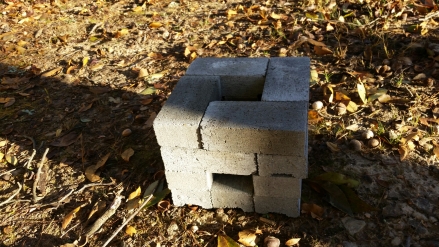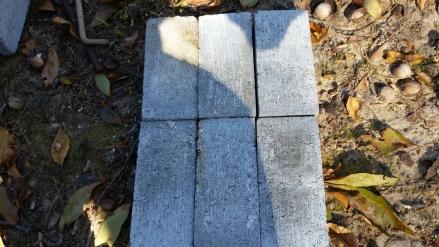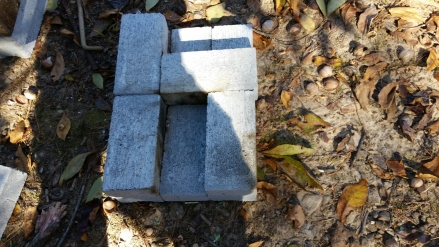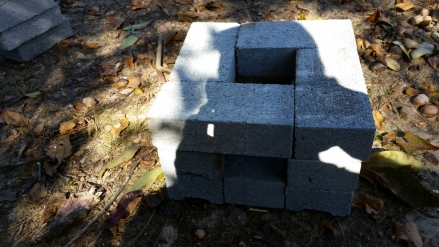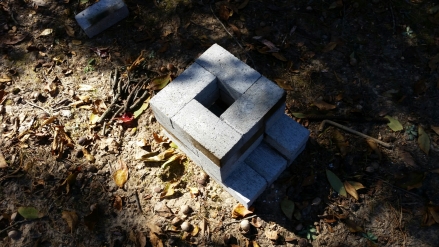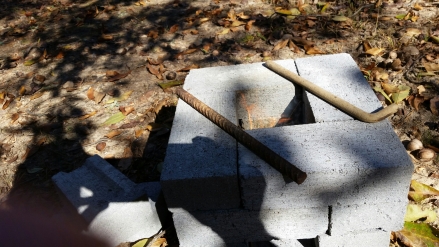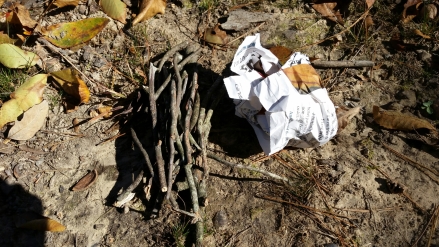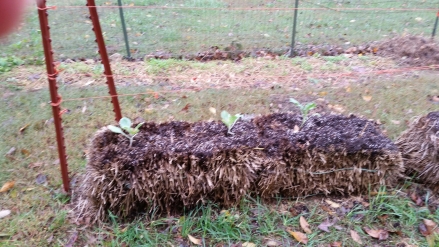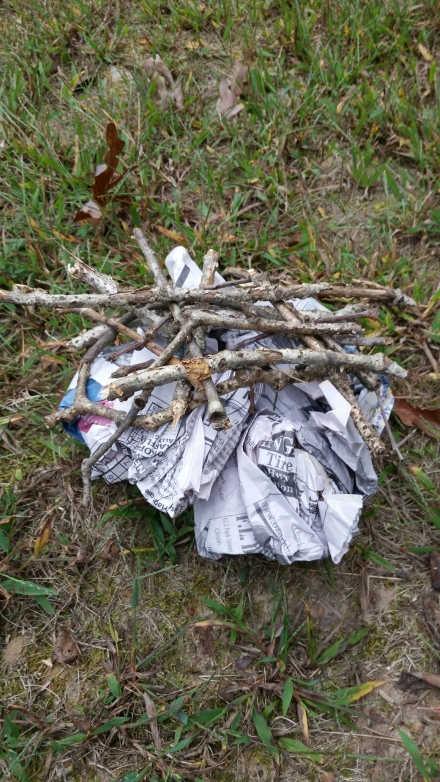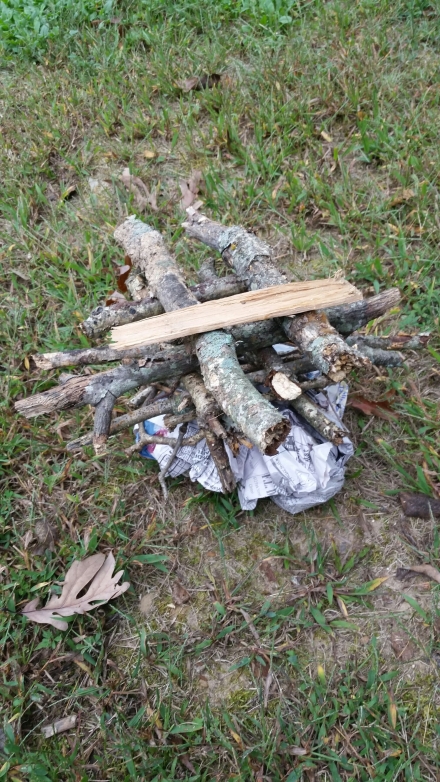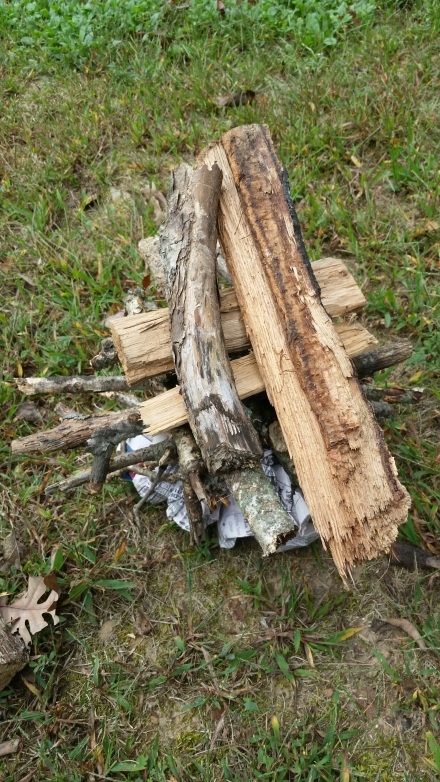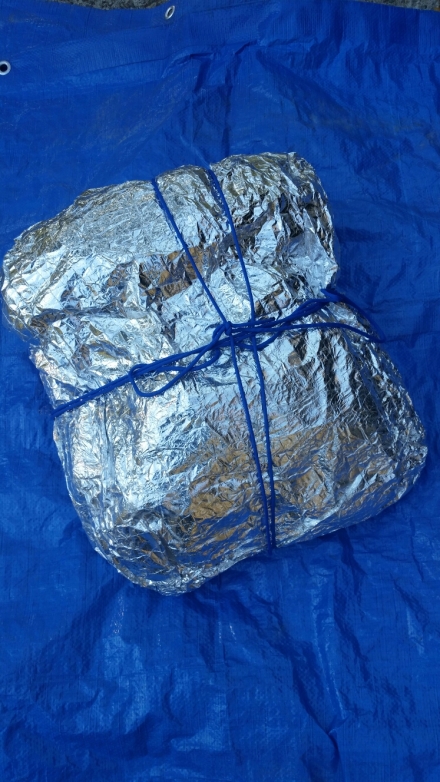Life is full of choices, and even though I don’t particularly like gardening, I do it because that’s what it takes to get the healthy fresh veggies that we like to eat here at our place. There always seems to be a trade-off!
Today I am going to share what I have found to be the easiest method of producing fresh, healthy produce for the table and pantry. This method will empower you to produce very sizeable crops in a small space, once it is up and running.
By no means am I an expert gardener, but I can produce the veggies that my family needs, and I can do it sustainably, and with very little work.
You should know that I have read many, including several really helpful books on the subject and have been gardening on this mountain just shy of fifteen years.
This mountain is very difficult to grow anything other than rocks on. The soil is heavy clay that won’t soak up enough moisture, rocks are everywhere; gardening is difficult here, and if I can do it, you can do it!
Today, I am going to focus on organic/natural gardening because it is by far the easiest, although it is slower to produce results, but it avoids the downward spiral of effectively doping your plants, ruining your soil and making the gardening endeavor more costly and difficult in each succeeding year. Organic gardening is the opposite; it nourishes the soil continuously, making it self-sustaining, so to speak, takes less work and increases in richness each year, and it’s the easiest method I’ve found.
If you want to raise veggies in the fall of 2014 or for the summer of 2015, you need to get started now. For developing a spot for a fall garden this year, you will need to loosen the soil to a depth of 6, maybe 7 inches and break up the dirt clods, unless you opt for raised beds, made by building a simple frame of the size you want (make them narrow enough to enable you to reach past the center of the bed). For the raised bed, you will need to fill it with soil to plant in. I began my raised beds by scraping 2-3 inches of topsoil from underneath the trees in the woods on my property.
For planting in the ground and getting an immediate crop (this fall) you loosen the ground with a shovel, turning fork and hoe, or use a roto-tiller. The shallower your digging is, the less damage you will do to the soil, which is a living organism, to over-simplify. However, you need to go deep enough to allow root crops (beets, turnips, carrots, etc.) to develop in non-compacted soil. Dig the garden, break up the clumps, smooth it and plant it, that’s the beginning.
Now, we need to feed the plants, starting right away. Feeding can be done with aged manure. Fresh (“green”) manure, may contain too much nitrogen and burn the plants, literally, ruining your crop. Finished compost is the best fertilizer and can be used on top of the ground, as a side dressing, or placed slightly beneath the surface. Problem is, you may not have any finished compost, and you can’t count on the quality of the stuff you buy, for high prices in bags at the garden center.
There is a better way. Dump a light layer of grass clippings on the surface of the garden, then spread whatever vegetable scraps you have from the kitchen on TOP of the garden. CAUTION: Do not use meat scraps, as they will breed flies, attract animals and if the animals don’t ruin your garden, it will stink a really bad kind of stink.
After introducing the veggie scraps and grass clippings, it is a good time to water. Wet it down thoroughly, then cover the whole thing with a nice layer of mulch, but not the kind from the garden center.
For mulch, the most readily available material is usually leaves, but I don’t prefer leaves because they shed water so well, making it hard for moisture to find its way into the soil, however leaves are better than nothing. Leaves are also better if you can break them up before adding them to the garden, such as with a mulching lawn mower that has a catching bag, or with a chipper/shredder.
Leaves are probably easiest to find, but straw, not hay, is even better. Hay contains seeds and will plant grass in your garden. Stick to straw. You can shred the straw with a lawn mower or shredder to help it breakdown faster, but that is optional. Shredding it will make it work faster. Straw can be purchased from farmers who grow wheat and other grains, and often from feed stores or farm and home type stores.
The very best mulch I’ve found is wood chips. Wood chips can be found by contacting city street departments, electric companies and tree service companies. All of these folks grind the branches they trim off of trees into chips. They grind leaves, branches and all, which provides an excellent mix of nutrients for the garden. Sometimes wood chips are free, and are usually available for a nominal price. I travel to a small city not too far away and get them for $10 for a Bobcat loading bucket that is overflowing. The chips are not very heavy, so unloading with a shovel is not exactly “hard labor.” Once the chips are on the garden to a depth of around 8-10 inches, you will only need to add more every couple of years or so.
The chips let moisture penetrate into the soil and they protect the soil from the sun’s evaporating rays, so moisture is retained. They also limit the growth of weeds to a remarkable degree, if the chip layer is thick, say over four inches. The veggie scraps under the mulch feed the worms, who are plowing the soil, loosening it; the worms are also pooping in it, providing the very best fertilizer that is available, in my opinion. Meanwhile all the micro-organisms in the soil are being fed, and the balance of nature is restored, albeit slowly. Digging upset the natural balance.
After you have established your garden with the steps above, maintenance is quite easy. When you have more veggie scraps saved in the kitchen (We use a 5 quart ice cream container with a lid), go to the garden, and with your rake pull the mulch back in an area and spread the scraps on the top of the soil, then re-cover the area with the mulch you moved. The nutrients that the plants love are leaching into the soil from the veggie scraps, the worms and micro-organisms are being fed and within about 2 years, your garden will be very, very happy.
At the git-go, your plants may look a little weak. If so, or if you do find any bugs attacking your plants, there is an easy solution. Get a clean spray bottle, or pump up sprayer and mix up a concoction of one part milk with four to five parts water, and about 3 tablespoons of unsulphured blackstrap molasses per gallon of mix, mix well and spray on plants and on the mulch on top of your garden. That will give extra nourishment to the plants and kill any bugs that don’t have a pancreas.
In all honesty, you cannot expect a bumper crop from the first planting. Time is required for the soil to be strengthened. If you feel the need, you may want to use an organic fertilizer in the first year.
If you have some weeds, it’s nothing to worry about. Those weeds are pulling nutrients to the surface from deeper in the soil than your veggie roots reach, so they provide nutrients to your plants. For the most part, the weeds use different nutrients than your veggies use. If, and I doubt that it will happen, you get too many weeds, just pull them and leave them on top of the garden to decompose and feed your plants. Everywhere I have used the wood chips, I have only a weed or two, here and there.
You can use any combination of the mulches I’ve mentioned here and get similar results, but I reiterate that I have gotten the best results from wood chips.
Most of the information I have shared here comes from a gentleman named Paul Gautschi, who has produced a stunning video called Back to Eden. You can go to http://www.backtoedenfilm.com and watch the film in its entirety, for free….it’s almost 2 hours and very detailed, educational and helpful. I recommend it highly.
If you don’t want to plant this fall, but want to have a garden next spring and summer, you can skip the digging/tilling step. Just designate your garden spot now, this fall, cover the spot with an optional two or three thicknesses of newspaper, water the paper, scatter your kitchen veggie scraps and cover with 4 – 12 inches of mulch. Keep adding the scraps through the winter, if possible. The winter rains and snows will cause the nutrients to leach into the soil, worms will be attracted in the warmer weather and they will loosen the soil and fertilize it for you. After your last winter frost, you should be ready to plant.
If you buy heirloom seeds, you will have a lower germination rate, at least that has been my experience, but you can collect seeds from each year’s crops and not have to buy seeds again. To overcome lower germination rates, I sprout the seeds between 2 layers of wet paper towels, on a pie plate. When they sprout, I put them in the ground. The garden gets green sooner and I know I planted viable seeds.
A word of caution: When putting your veggie scraps into the garden, DO NOT BURY THEM. If you bury them, they will rob the plants of nitrogen, which the scraps use to decompose. You can avoid that disappointment by spreading the scraps ON TOP of the soil.
Although, we have different preferences at times, Jackie Clay is an expert gardener and writes many, very valuable articles at http://www.backwoodshome.com You will do yourself a favor by checking her out. She gardens in Minnesota.
When my upcoming, soon-to-be world famous internet radio program (podcast) is up and running, I will go into verbal detail about topics discussed here as well as new topics. It’ll all be revealed a little later, in the podcast. Email me at ozarkmountainbob@yahoo.com to be notified when Your Survival Benefits Program goes live. You are also welcome to email questions or comments to that email address, or use the comments section below.
Your questions and comments that are of a constructive nature and are not demeaning to any person, social or political group are most welcome. After all, if a widespread disaster occurred, we will all become one group: Survivors.
Please share this blog with your friends and family. The information is valuable and will help them too. Also, to be perfectly honest, I need the exposure. I’ll appreciate the help! If you’ll share, together we can help others and make the world a better place. Thanks!
This author provides this content for educational and informational purposes only. For medical, legal or financial issues, readers should consult with a qualified, licensed professional.
